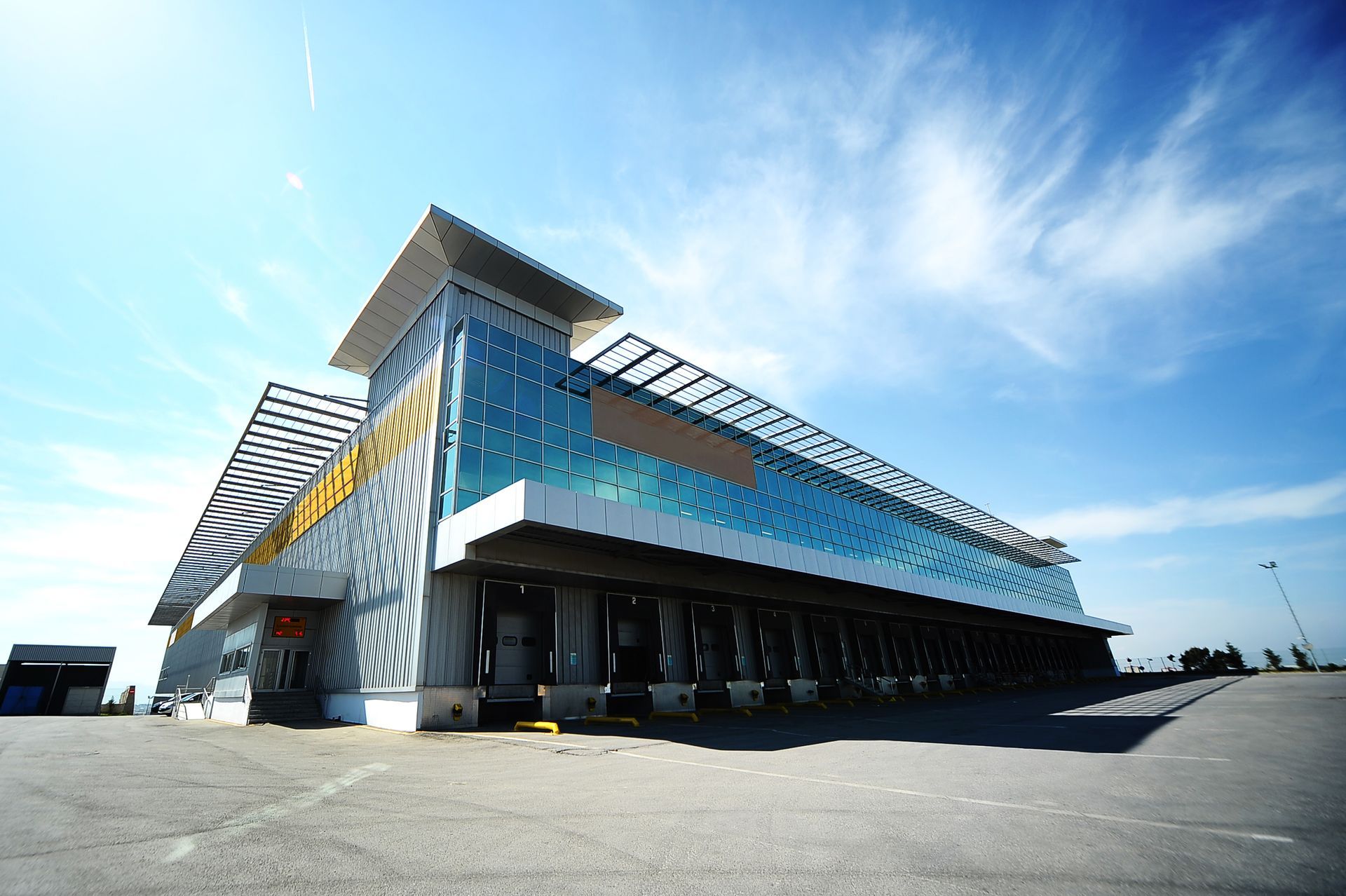What Your Building Envelope Can Do for Your Midwest Business
Tom Harris PUR Consulting aims to minimize building costs and maximize energy savings by offering in-depth building envelope audits throughout the Midwest.

What is a Building Envelope?
A building envelope, also known as a building enclosure, is the physical barrier that separates the interior of a building from the external environment. It includes the roof, walls, windows, doors, and foundation. The building envelope plays a crucial role in the energy efficiency of a building, as it affects how much heat is lost or gained through the building's shell.
Save Money & Energy
The building enclosure has a significant impact on a building’s energy usage, and the building’s environmental impact. A well-designed and properly installed building envelope can significantly reduce the amount of energy required to heat or cool the building. A building with a high-quality envelope will require less energy to maintain a comfortable indoor temperature, which translates into lower energy bills and a reduced carbon footprint. Uncontrolled air leakage is a major problem for many buildings. When air leaks through gaps or cracks in the building envelope, it can result in significant energy losses, leading to higher energy bills.
The BEAT Movement
In addition to the financial costs, uncontrolled air leakage can also lead to comfort issues, such as drafts and uneven temperatures. By addressing air leakage, building owners can improve energy efficiency and create a more comfortable indoor environment. BEAT, or Building Envelope Audit Team, is a program that helps building owners identify energy-saving opportunities related to their building’s envelope. BEAT assesses the building's energy performance by evaluating its envelope, HVAC system, lighting, and other systems. Once the building's energy performance has been assessed, BEAT develops a comprehensive plan to address any issues and maximize energy savings. This may involve upgrading insulation, sealing air leaks, installing high-efficiency windows, or upgrading HVAC systems. By implementing these solutions, building owners can improve their building's energy efficiency, reduce energy costs, and create a more comfortable indoor environment.
